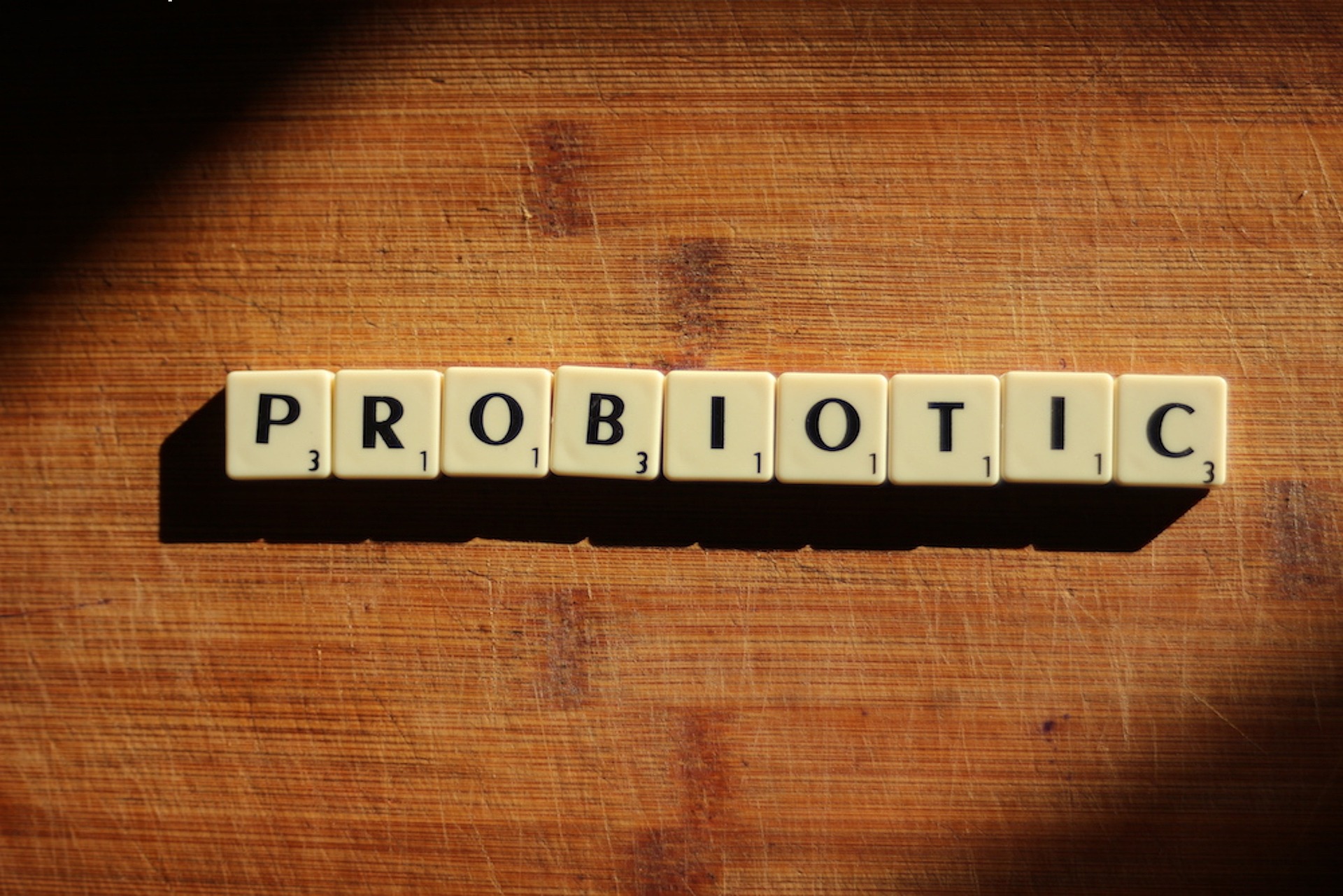Vibroacoustic Therapy: Healing Through Sound and Vibration
Can you imagine a world where healing doesn't just come from pills or surgery, but from the gentle vibrations of sound waves coursing through your body? Welcome to the fascinating realm of vibroacoustic therapy, where the power of sound meets the science of vibration to create a unique and promising approach to wellness.

The Science Behind Vibroacoustic Therapy
At its core, vibroacoustic therapy is based on the principle that every cell in our body has its own vibrational frequency. When these frequencies are disrupted, it can lead to various health issues. VAT aims to restore balance by applying specific sound frequencies and vibrations to the body, typically through specially designed chairs, beds, or mats equipped with built-in speakers and transducers.
The frequencies used in VAT typically range from 30 Hz to 120 Hz, which are believed to resonate with different parts of the body. For example, lower frequencies might target larger muscle groups, while higher frequencies could affect smaller areas or specific organs. As these vibrations travel through the body, they can stimulate circulation, reduce muscle tension, and potentially influence the nervous system.
Historical Context and Development
The concept of using sound for healing is not new. Ancient civilizations, including the Egyptians and Greeks, recognized the therapeutic potential of music and vibration. However, the modern form of vibroacoustic therapy began to take shape in the 1960s and 1970s.
Norwegian therapist and educator Olav Skille is often credited as one of the pioneers of VAT. He developed the therapy while working with children with severe disabilities, noticing that certain low-frequency sounds had a calming effect. His work laid the foundation for further research and development in the field.
In the following decades, researchers and practitioners worldwide continued to refine the technique, exploring its potential applications in various health conditions and settings. Today, VAT is used in hospitals, wellness centers, and private practices, with ongoing research investigating its efficacy for a range of physical and mental health issues.
Potential Benefits and Applications
Vibroacoustic therapy has shown promise in addressing a variety of health concerns. While more research is needed to fully understand its effects, preliminary studies and anecdotal evidence suggest several potential benefits:
-
Pain Management: VAT may help reduce chronic pain conditions, including fibromyalgia and lower back pain, by promoting muscle relaxation and increasing blood flow.
-
Stress Reduction: The immersive experience of VAT can induce a deep state of relaxation, potentially lowering stress levels and improving overall mood.
-
Improved Sleep: Some users report better sleep quality after VAT sessions, possibly due to its relaxing effects on the body and mind.
-
Enhanced Circulation: The vibrations may stimulate blood flow throughout the body, potentially aiding in the delivery of oxygen and nutrients to tissues.
-
Neurological Support: Preliminary research suggests that VAT might have positive effects on conditions such as Parkinson’s disease, potentially improving motor function and reducing tremors.
The VAT Experience: What to Expect
A typical vibroacoustic therapy session lasts between 20 to 60 minutes. Participants usually lie on a specially designed bed or sit in a chair equipped with speakers and transducers. As the session begins, they experience both audible sounds and physical vibrations, which are often described as a gentle massage-like sensation.
The sounds used in VAT can vary from simple tones to more complex musical compositions, depending on the practitioner’s approach and the specific goals of the session. Some therapists may combine VAT with other modalities, such as guided meditation or aromatherapy, to enhance the overall experience.
Many people report feeling deeply relaxed during and after a VAT session, with some experiencing a meditative-like state. It’s not uncommon for participants to fall asleep during treatment, which is generally considered beneficial to the healing process.
Integrating VAT into Holistic Wellness
As interest in holistic and non-invasive therapies grows, vibroacoustic therapy is finding its place alongside other complementary treatments. It’s important to note that while VAT shows promise, it should not be considered a replacement for conventional medical care. Instead, it can be viewed as a potential adjunct therapy to support overall health and well-being.
For those interested in exploring VAT, it’s crucial to seek out qualified practitioners who have received proper training in the technique. As with any new therapy, it’s advisable to consult with a healthcare provider before beginning treatment, especially for individuals with pre-existing health conditions.
Vibrant Vibroacoustic Insights
• The human body is composed of approximately 70% water, making it an excellent conductor for sound vibrations.
• Some VAT devices allow for personalized frequency programs tailored to an individual’s specific needs or conditions.
• Research has shown that certain frequencies can influence brainwave patterns, potentially inducing states of relaxation or heightened focus.
• VAT is being explored as a potential tool for athletic recovery, with some professional sports teams incorporating it into their training regimens.
• The effects of VAT may extend beyond the session itself, with some users reporting continued benefits for hours or even days afterward.
As we continue to explore the intricate connections between sound, vibration, and health, vibroacoustic therapy stands out as a fascinating frontier in wellness. While more research is needed to fully understand its mechanisms and long-term effects, the growing interest in VAT reflects a broader shift towards holistic, non-invasive approaches to health and healing. As science uncovers more about the power of sound and vibration, we may find ourselves on the cusp of a new era in therapeutic interventions, where the harmony of frequencies becomes a key to unlocking our body’s innate healing potential.





